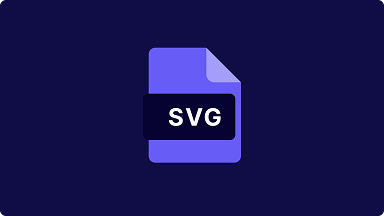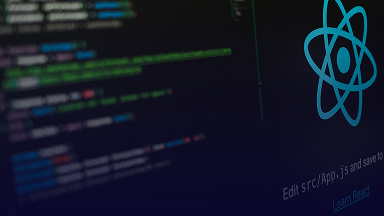Android TV offers various multimedia capabilities, but the number of simultaneous video streams depends on several key factors. Below, we discuss what influences this limit and how to check it.
Android TV devices vary in performance. The number of concurrent video streams depends on:
Example: A device with 2GB RAM and a weak GPU may handle only one 1080p stream, while high-performance devices can support multiple 4K streams.
If the video is hardware-decoded, the device can handle more streams. Otherwise, software decoding puts a heavy load on the CPU, which, combined with background app logic, may lead to performance issues.
Each device has a limited number of hardware video decoders:
The number of decoders depends on the GPU and manufacturer’s software. You can check this information in the system file media_codecs.xml (/etc/media_codecs.xml or /system/etc/media_codecs.xml). Alternatively, you can use the MediaCodecList class in the Android API.
Android TV uses ExoPlayer as its default video player. It supports multiple instances simultaneously, but each instance consumes system resources.
Alternatives:
Good app optimization is crucial for smooth playback. Reducing background processes, efficient memory management, and choosing the right codecs and resolutions can significantly improve stability. Testing apps on target hardware is essential to avoid real-world performance issues.
Based on testing:
There are two ways to check:
media_codecs.xml.
import android.media.MediaCodecList
fun printSupportedCodecs() {
val codecList = MediaCodecList(MediaCodecList.ALL_CODECS)
codecList.codecInfos.forEach { codecInfo ->
println("Codec: ${codecInfo.name}")
codecInfo.supportedTypes.forEach { type ->
println("\tSupported Type: $type")
}
}
}
To determine how many videos a device can handle:
1. Create a test app using multiple ExoPlayer instances.
2. Play multiple streams and monitor CPU, GPU, and RAM usage.
3. Experiment with different codecs and resolutions.
The number of simultaneous video streams on Android TV depends on hardware, codecs, and app optimization. If you're developing an app that requires multiple video streams, thorough performance testing across different devices is crucial.





